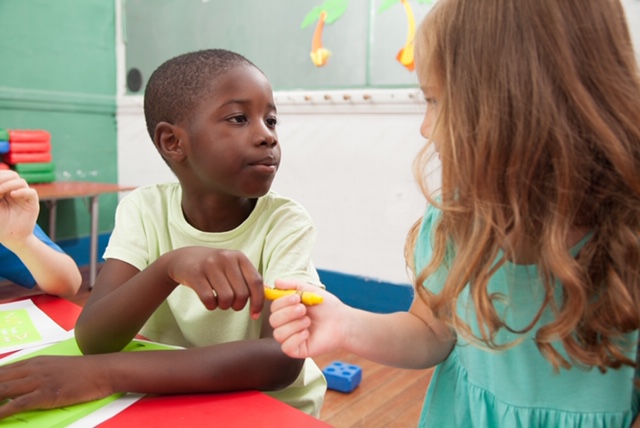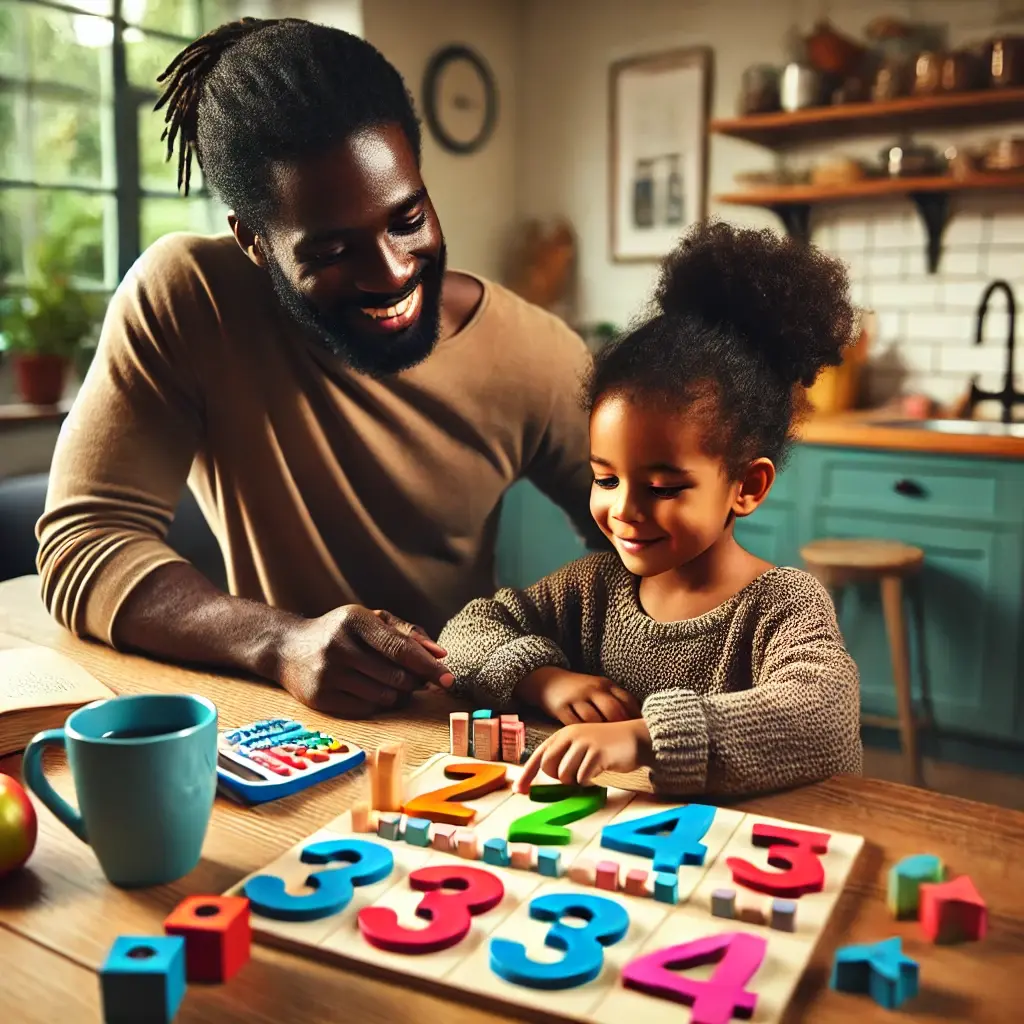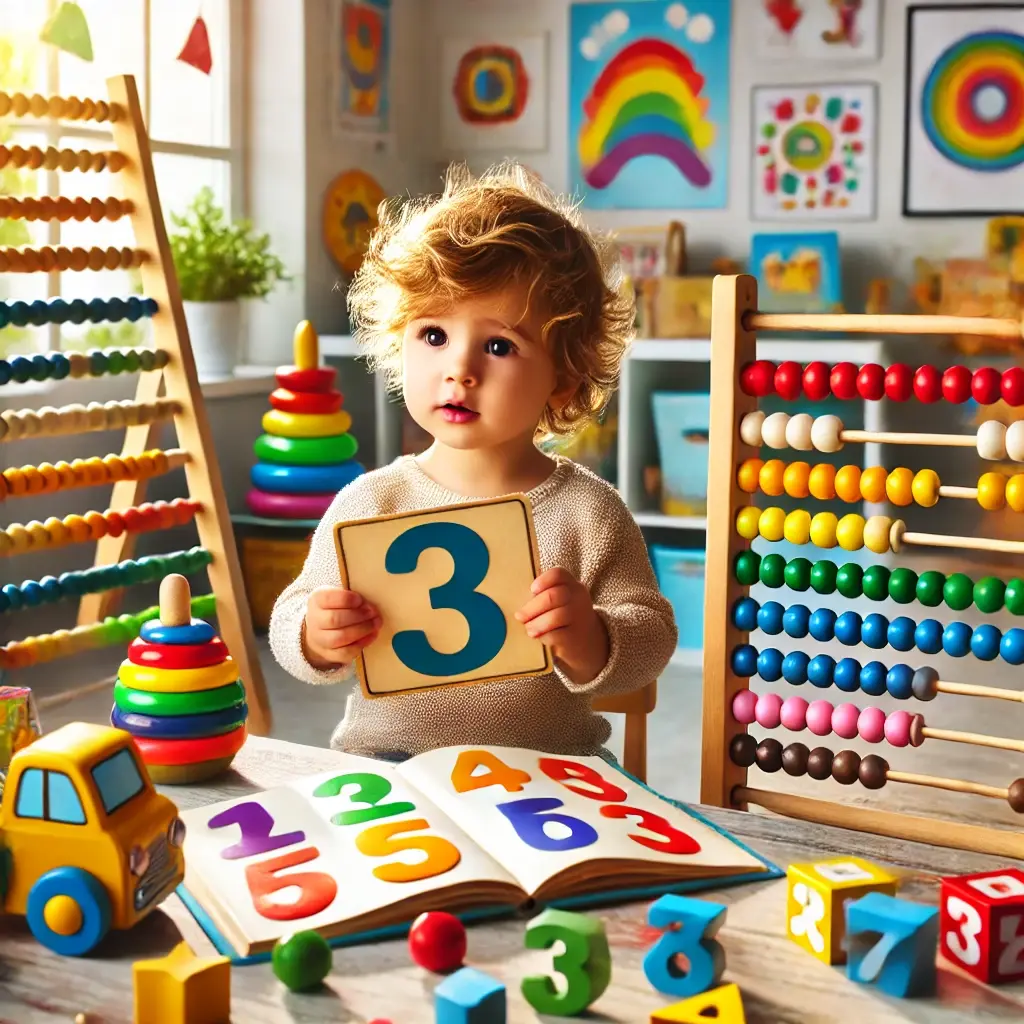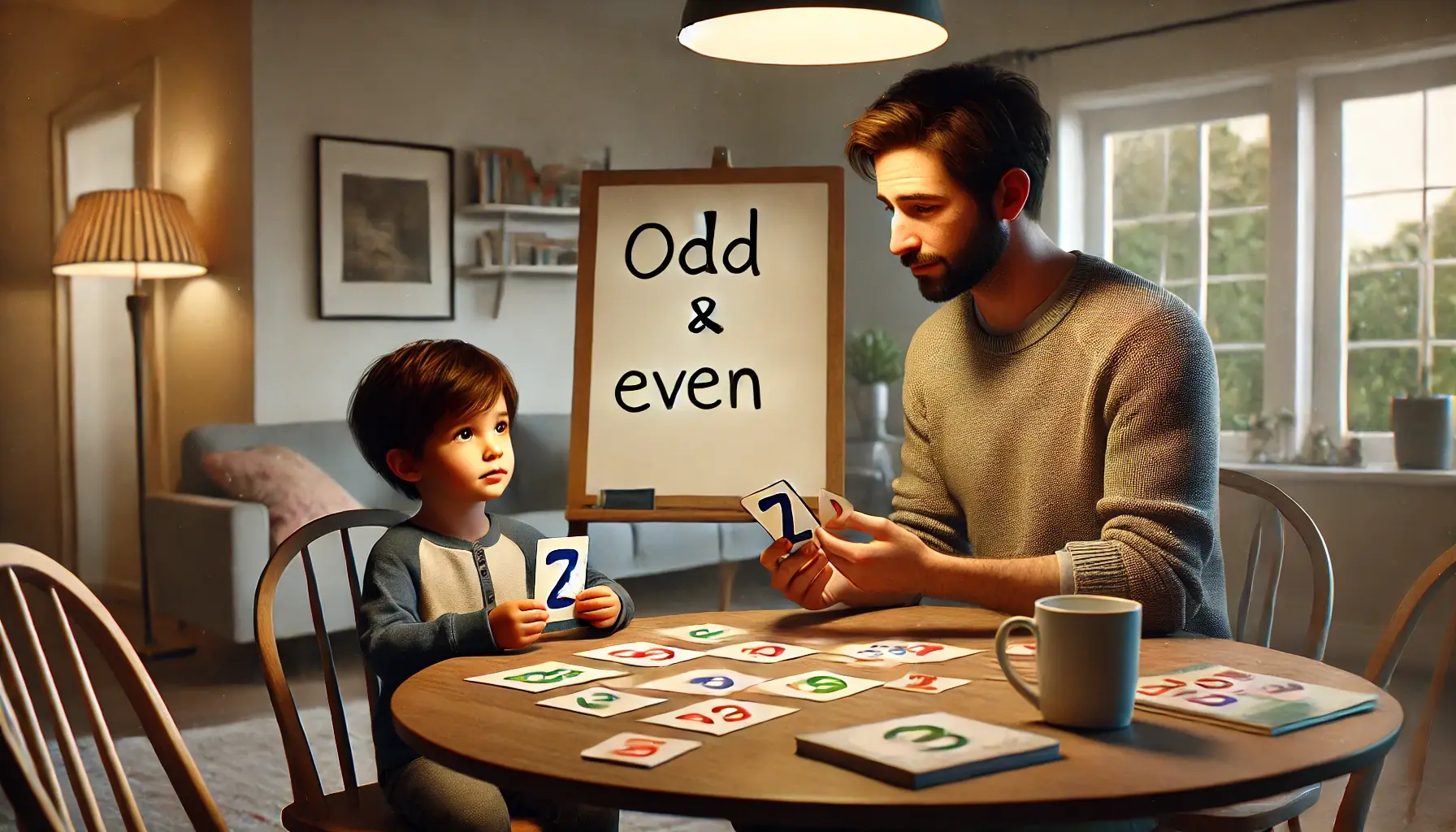One of the fastest growing trends in education is the implementation of Social Emotional Learning (SEL) into public schools. Social Emotional Learning is the process through which children and adolescents develop valuable interpersonal skills, problem-solving techniques, self-awareness, and self-control, as well as learn to set goals and develop empathy. These skills are not only vital to  success in the classroom, but also professional and personal endeavors later in life. Through SEL students learn how to manage their emotions, solve problems, and control their impulses.
success in the classroom, but also professional and personal endeavors later in life. Through SEL students learn how to manage their emotions, solve problems, and control their impulses.
The Collaborative for Academic, Social, and Emotional Learning (CASEL) identifies five key domains of SEL: self-awareness, social-awareness, relationship skills, responsible decision-making, and self-management (CASEL, 2019). Students need to develop a strong sense of self-awareness in order to truly grow as learners. Social-awareness enables students to understand norms and interact meaningfully with diverse materials, as well as students from different backgrounds. Relationship skills, such as resolving conflicts, effective communication, and cooperation, are fundamental to success in school and the workplace. Responsible decision-making and self-management skills are critical to success in the classroom.
When educators embrace SEL, students reap the benefits. According to The Committee For Children (2019), students who have engaged with a SEL curriculum are 42 percent less likely to engage in aggressive behaviors. Businesses report that SEL skills are critical factors in the hiring process (CASEL, 2019; Committee For Children, 2019). SEL is also tied to a long-term improvement of academic outcomes and decreased emotional distress (CASEL, 2019).
Schools implement SEL in a variety of ways. Sometimes, this information is passed onto students through traditional lessons, while other times the SEL material is integrated into academic coursework. Students can develop SEL skills through participation in group activities and games. Another way SEL can be implemented is by creating an atmosphere that makes students feel safe and welcomed, such as by greeting each student individually at the door when they arrive.
Genie Academy has incorporated these social-emotional learning techniques into all classes since the program began in 2008. Genie Academy teachers make a point to greet each student individually when they arrive each class. Meditations are built into every two-hour class, helping your child develop self-management. Stories in Reading Genie workbooks feature characters from a variety of backgrounds designed to help students develop a sense of empathy for others, one of they key features of SEL. Students are in classes with students from multiple grade-levels, which provides them with the opportunity to reflect on their own growth and look to future challenges. Teachers work with students to set short-term and long-term goals to get work completed and master concepts.
Genie Academy's long history of embracing and teaching students these important skills helps ensure that your children are prepared to succeed, whether or not your school district has adopted an SEL curriculum.
References
The Collaborative for Academic, Social, and Emotional Learning. (2019). What is SEL? [Web]. Retrieved from https://casel.org/what-is-sel/
The Committee For Children. (2019). What is social-emotional learning? [Web]. Retrieved from https://www.cfchildren.org/what-is-social-emotional-learning/





